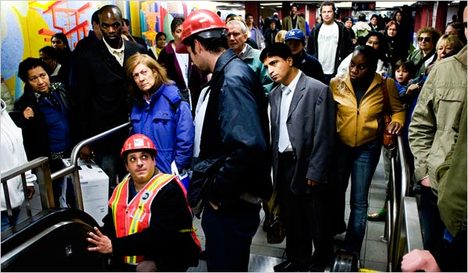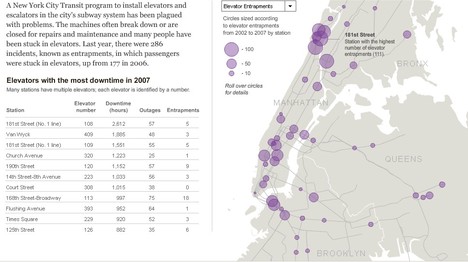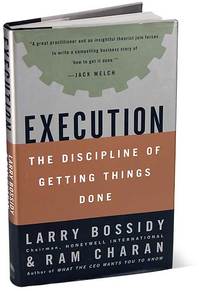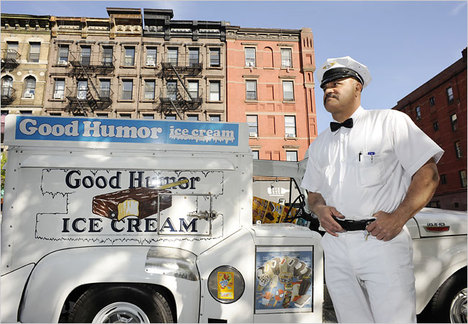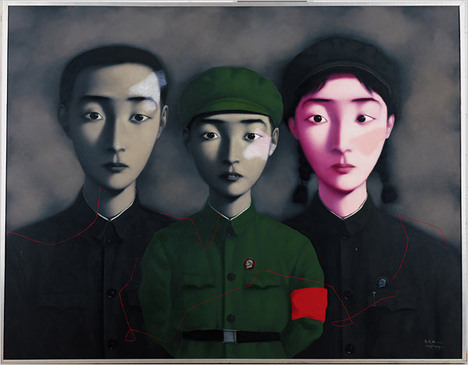Empirical comparisons between capitalism and socialism are in some ways unfair to capitalism, because many capitalism managers act as though they believed in socialist ideas. The difference in productivity and economic growth would be even greater, if capitalist managers consistently acted as though they believed in capitalism. Consider the following, from a portion of Execution written by Larry Bossidy:
(p. 73) Larry: When I see companies that don’t execute, the chances are that they don’t measure, don’t reward, and don’t promote people who know how to get things done. Salary increases in terms of percentage are too close between top performers and those who are not. There’s not enough differentiation in bonus, or in stock options, or in stock grants. Leaders need the confidence to explain to a direct report why he got a lower than expected reward.
A good leader ensures that the organization makes these distinctions and that they become a way of life, down throughout the organization. Otherwise people think they’re involved in socialism. That isn’t what you want when you strive for a culture of execution. You have to make it clear to everybody that rewards and respect are based on performance.
Source:
Bossidy, Larry, Ram Charan, and Charles Burck. Execution: The Discipline of Getting Things Done. New York: Crown Business, 2002.
(Note: in the book, the quotation is presented as being Bossidy’s.)


